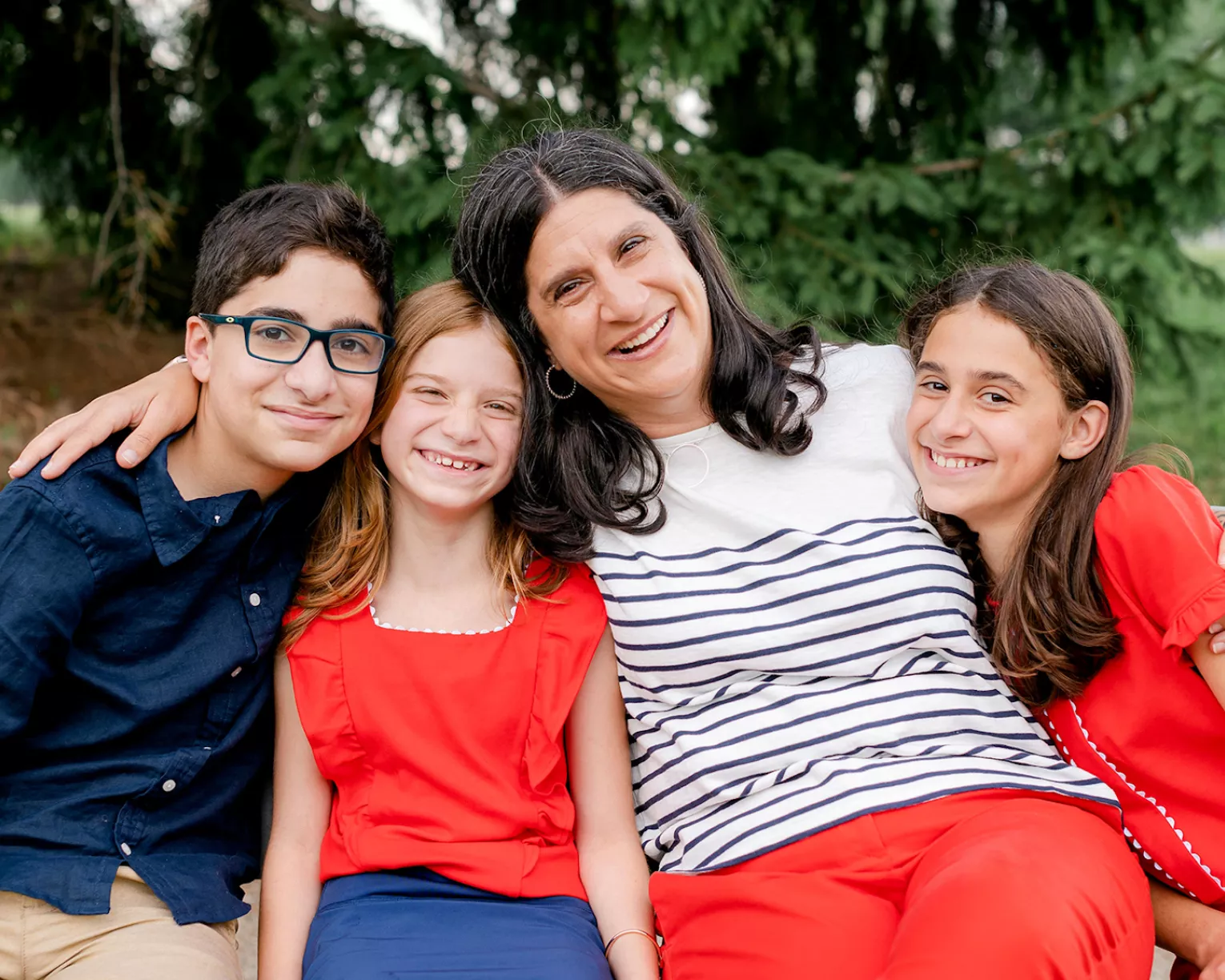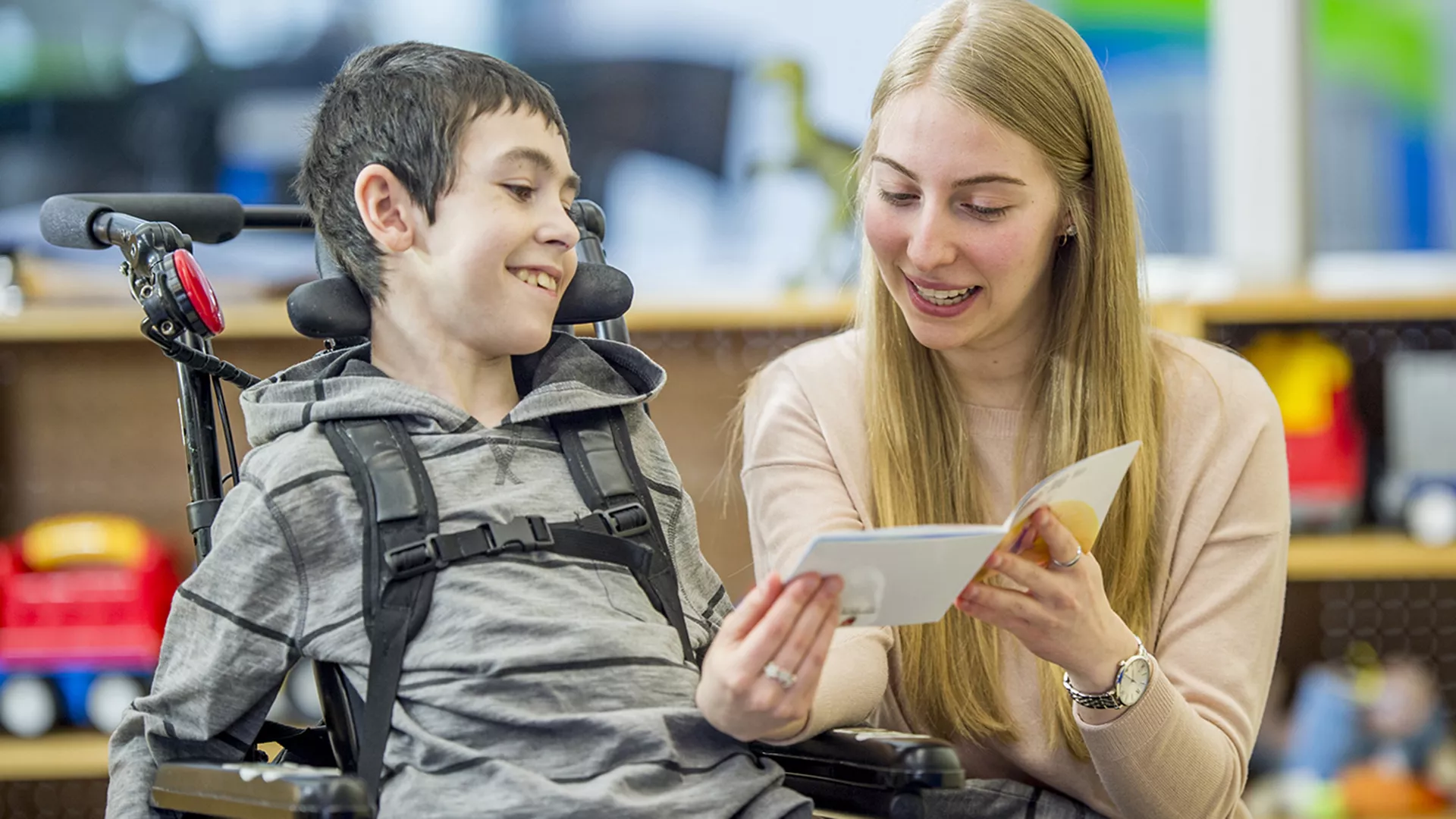Key Takeaways
- NEA supports the use of best practices and evidence-based inclusion strategies for every student with disabilities in the least restrictive environment and has recognized several steps that should be taken to achieve the goal of proper IDEA implementation.
- To further empower educators serving students with disabilities, local, state, and federal officials must work to properly implement federal special education legislation and live up to the promise of serving all special needs students.
First passed in 1975, what is now known as the Individuals with Disabilities Education Act (IDEA) guarantees that all students with disabilities have the right to a public education in the least restrictive environment (LRE) that best meets their individual needs. Based on the principle that separate does not mean equal, the LRE ensures that students with special needs are educated, as much as possible, in general education classrooms alongside their non-disabled peers.
To maximize the success of students with special needs in the classroom and to meet the LRE mandate, public schools are required to create Individualized Education Programs (IEPs) for every IDEA-eligible student. This essential document, which functions as an educational road map for each child, ensures that students with disabilities receive the individualized attention and support they need to succeed in schools. The unique plan crafted for each student is based on several different factors, including their individual strengths, needs, interests, and preferences that may not always align with a fully inclusive classroom environment.
The IEPs are drafted through input from general and special education teachers, parents, or guardians, specialized instructional support personnel, education support professionals who work with the student, school administrators, and, when appropriate, the students themselves. These IEP teams are best-suited to make critical decisions regarding the social, emotional, and academic development of students with special needs in the classroom within the scope of the LRE requirement.
How the LRE Supports Students with Individualized Education Programs
By working to educate students with disabilities alongside their non-disabled peers, while also crafting IEPs to meet their unique needs and circumstances, educators can effectively tailor learning outside the confines of a one-size-fits-all classroom model. This approach meets the requirements of the LRE, while simultaneously acknowledging that general education classrooms often require supplemental resources, support, and aides to ensure that students with disabilities are realizing their academic potential.
“We often aren’t giving our educators, students, or parents the tools they need to make sure that full-inclusion meets the needs of the student, and that can be frustrating,” said Mary Binegar, a retired special education teacher who taught for 35 years and serves on the NEA IDEA Resource Cadre, a diverse group of educators working to address the inequalities facing students with disabilities. “So, when I look at the work that needs to be done, it’s about making sure that we’re talking about the aides and services that can and should be provided to students and educators.”
“The least restrictive environment is not just a specific place or a self-contained classroom, but about what works best for students.”
Binegar said it’s essential for teachers who serve students with disabilities to collaborate with their colleagues inside and outside the general education classroom to fully meet the needs of each child within the LRE. And educators involved in crafting IEPs and teaching special needs students should continue to have access to professional learning opportunities that allow them to better understand the full range of support services that can and should be available to students with special needs.
“Each child is unique, so we have to figure out how to best meet their needs and help them make the most progress that they possibly can,” Binegar said. “The more educators share ideas about what works, how it works, and how best it can work in these environments, the better off all of us will be.”
Sharon Schultz—an education consultant and former teacher, administrator, and professor in special education who also serves on the NEA IDEA Cadre—said that the LRE is always about the support and services provided to students with special needs, with a particular focus on soliciting input and feedback from those most attuned to the students’ unique circumstances to help guide their academic journey—particularly the educators involved in crafting their IEPs.
“The LRE is not just a specific place or a self-contained classroom, but about what works best for students,” Schultz said. “Working within the parameters of the existing regulations, we have to figure out how to provide the best support for students so they can gain the most from their education. And it’s the teachers, education support professionals, and parents who know the students and their individual needs the best.”
While educators resolve to meet all components of IDEA, they must also receive all the necessary support needed to ensure student success. To further empower educators serving students with disabilities, local, state, and federal officials must work to properly implement federal special education legislation and live up to the promise of serving all special needs students. NEA has recognized a number of goals that should be met to achieve proper IDEA implementation, which include, but are not limited to:
- A fully accessible educational environment, using appropriate instructional materials, support services, and pupil personnel services.
- Student placement based on individual needs rather than on available space, funding, or local philosophy of a school district. Student placements must be examined on a regular basis to ensure appropriateness whereby all needed services and support will be provided and should not be made disproportionately by ethnicity or gender. Necessary building/staff modifications must be provided to facilitate such placement.
- Limitations in class size, caseloads, and/or workload of designated education and service providers, using methods such as weighted formulas, modified scheduling, and/or curriculum design to accommodate the demands of each IEP.
Empowering Educators to Fully Implement IDEA
According to the National Center for Education Statistics, more than seven million students received special education services under IDEA in the 2019-2020 school year—approximately 14 percent of all public school students. For educators to provide all the support and resources needed to guarantee that these students are making progress on their IEP goals under the LRE, the federal government must live up to its promise of fully funding IDEA.
While the law included a commitment from the federal government to pay 40 percent of the average per-student cost for every public school student with individual education needs, the allocated funding has consistently fallen short of this goal. In the 2020-2021 school year, the appropriated funds for this effort were $23.6 billion short of full funding. By not fully funding the law, the government is forcing school districts and state officials to pull funding from their general education budgets to meet the budgetary shortfall, which in turn negatively impacts the academic success of all public school students.
Current legislation in Congress, including the IDEA Full Funding Act (S. 3213/H.R. 5984) and the Keep Our Pact Act (S. 72/H.R. 764) would create a path towards fully funding IDEA and other programs for special needs students. This would be a critical step in ensuring that all students with disabilities are able to receive access to the supplementary aids and services that they need, while also providing educators with enhanced professional development opportunities and the support needed to properly draft IEPs and communicate with colleagues about the steps needed to ensure students’ academic success.
Take Action: Educators are encouraged to take action by writing their congressional representatives to co-sponsor the IDEA Full Funding Act and the Keep the PACT Act to ensure that these important bills become law.



